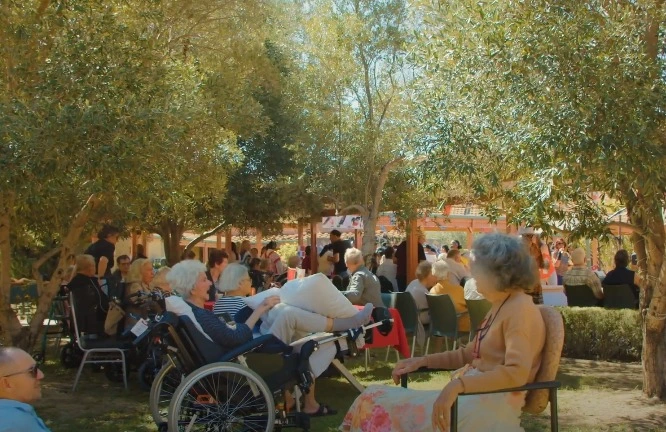The development of aged care Perth facilities reflects changing societal perspectives on aging and elder care. The transition from institutional settings to home like environments has influenced the quality of Aged care and the well-being of elderly individuals.
Historical Background of Aged Care Facilities
Early aged care facilities in Perth were institutional in design, resembling hospitals rather than residential spaces. These large, impersonal buildings prioritised basic physical care and medical treatment, focusing on assistance with daily activities such as eating, bathing, and mobility. The emotional and psychological well-being of residents was often overlooked, with individuals treated as a homogeneous group rather than as individuals with unique needs.
The Shift from Institutions to Homes
By the late 20th century, aged care began shifting towards a more personalised approach. This change was influenced by evolving societal attitudes, research highlighting the importance of mental and emotional well-being, and regulatory reforms that emphasised dignity and individual rights. Governments introduced policies to improve aged care standards, and facilities began adopting a home like model that promoted independence and personal identity.
Facility designs changed, incorporating smaller, personalised spaces instead of uniform institutional layouts. Care services expanded beyond basic medical assistance to include social engagement, recreational activities, and support for personal interests.

The Modern Aged Care Facility
Contemporary aged care facilities in Perth prioritise comfort, social interaction, and personalised care. Private rooms, communal areas, and gardens are integrated to create a balance between community engagement and personal space.
Personalisation is a key component, with residents encouraged to bring personal belongings and customise their living spaces. Individualised care plans ensure that medical, emotional, and social needs are met, with input from residents and their families.
Technological advancements have further improved care delivery. Health monitoring devices enable real-time tracking of vital signs, facilitating early intervention. Telemedicine reduces the need for travel by allowing remote consultations with healthcare professionals. These innovations enhance efficiency and improve patient outcomes.
Impact on Elderly Individuals and Society
The transition to home-like aged care facilities has improved quality of life, allowing residents to maintain autonomy and actively participate in daily decisions. Greater emphasis on personal choice fosters dignity and self-worth.
However, challenges persist. Variability in care standards remains a concern, with some facilities offering superior services while others fail to meet expected levels. Addressing the needs of individuals with complex conditions, such as dementia, continues to require specialised training and resources.
On a broader scale, these changes have influenced societal perceptions of aging. Older individuals are increasingly recognised as active members of the community rather than passive care recipients. This shift has led to improved social inclusion and greater acknowledgment of their rights.
Future Trends in Aged Care
Technological integration is expected to play a growing role in aged care. Smart homes equipped with sensors and automation will support independent living, enabling elderly individuals to manage daily activities safely. AI and robotics will assist with mobility, health monitoring, and predictive care, reducing the physical strain on caregivers and improving efficiency.
Research and innovation will be essential in addressing emerging challenges, particularly ethical considerations related to privacy and autonomy. Regulatory frameworks will need to adapt to ensure that technology enhances, rather than compromises, the quality of care.
Conclusion
The evolution of aged care from institutional settings to personalised home-like environments reflects an increased focus on dignity, individual needs, and quality of life. While challenges remain, ongoing advancements in care practices and technology offer opportunities for further improvements. The future of aged care will continue to prioritise a person centred approach, ensuring that elderly individuals receive tailored and dignified support.
